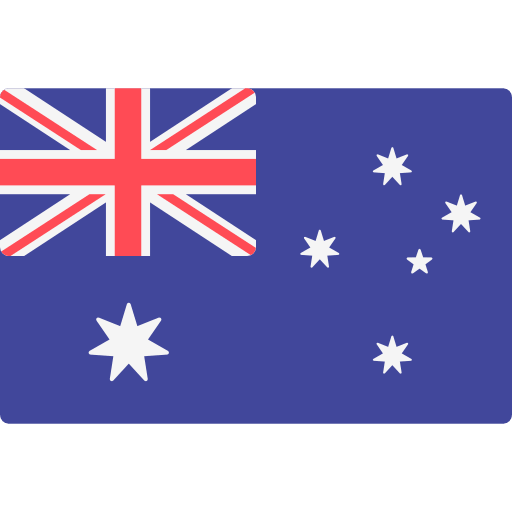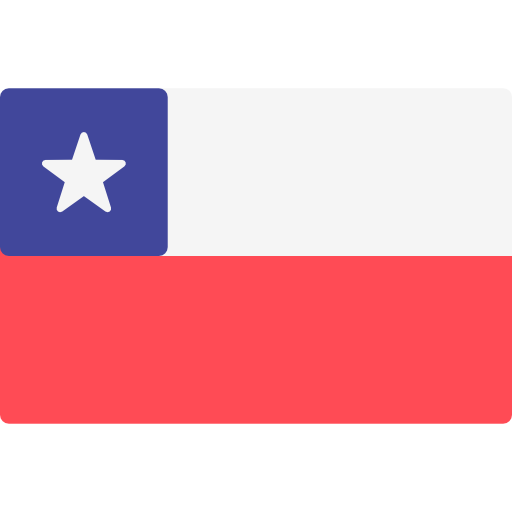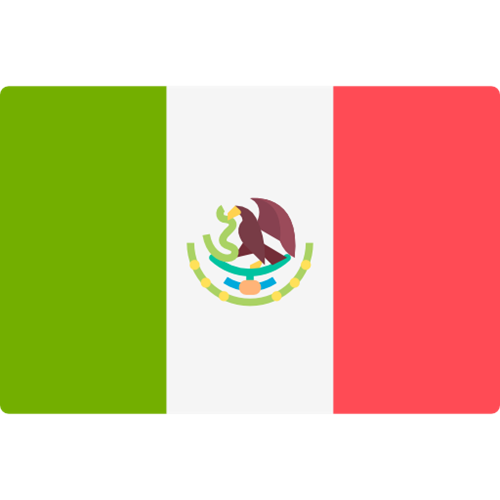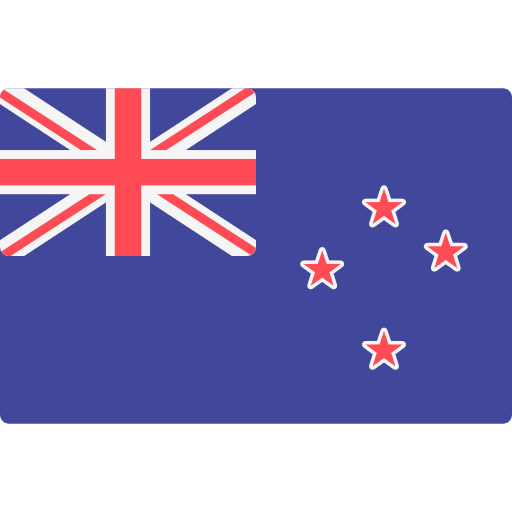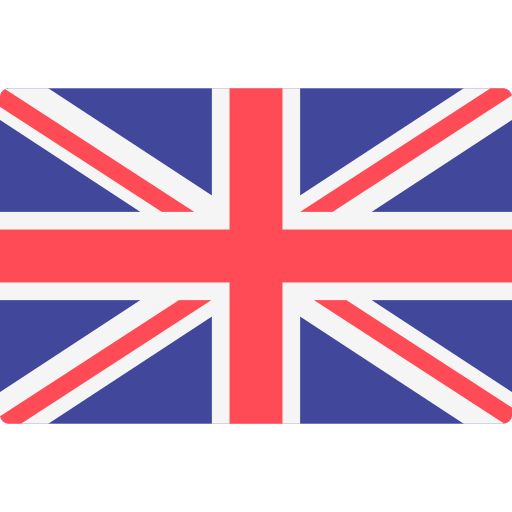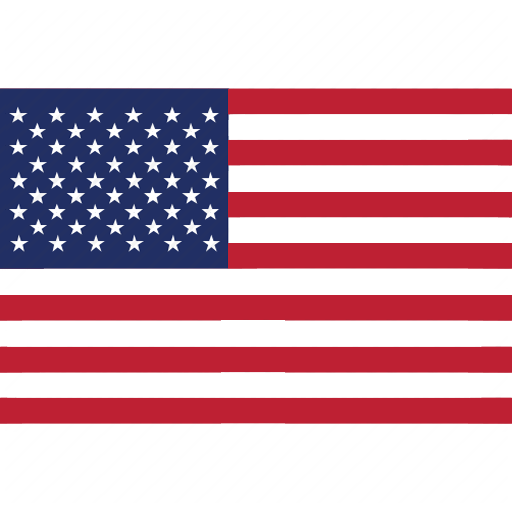Eurofins Softlines & Leather Monthly Bulletin (June 2025)


Updates to the Deforestation Regulation
On 23 May 2025, the European Commission published the Implementing Regulation (EU) 2025/1093 laying down rules for the application of Regulation (EU) 2023/1115 regarding a list of countries that present a low or high risk of producing relevant commodities.
This Regulation shall enter into force on 26 May 2025, and it shall be binding in its entirety and directly applicable in all Member States.
On the other hand, on 24 May 2025, the European Commission published the draft Delegated Regulation which will amend the Deforestation Regulation as regards the list of relevant commodities and relevant products.
The European Commission launches the EU Textiles Ecosystem Platform
On 16 May 2025, the European Commission launched the EU Textiles Ecosystem Platform. This is a new digital space designed to support stakeholders across the textiles ecosystem and in doing so, towards increased sustainability, digitalisation, competitiveness, and resilience in this sector.
The objective of this platform is to create an integrated support mechanism that facilitates collaboration, knowledge sharing, and capacity building among stakeholders, in line with the goals of the European transition pathway towards climate neutrality and digital leadership.
The platform offers various resources such as news, events, webinars, legislative developments, funding opportunities and networking.
For more information, please visit the EU Textiles Ecosystem Platform here.
New PFAS analysis for textiles
On 30 April 2025, the European Committee for Standardization released the final approved text for the EN 17681-1:2025 standard, which updates the PFAS testing method standard for textiles and textile products. This will replace the existing EN 17681-1:2022 standard and will be adopted by EU national bodies.
Ecodesign and energy labelling working plan for 2025-2030
On 16 April 2025, the European Commission published the Ecodesign for Sustainable Products and Energy Labelling Working Plan 2025-2030.
This communication specifies the products to be prioritised for the work to be carried out up until 2030 under the Ecodesign for Sustainable Products Regulation (ESPR) and the Energy Labelling Framework Regulation (ELFR).
Among the priority products are textiles, particularly clothing and footwear, furniture, mattresses, detergents, and paints, among others.
The objective for textile products is to improve product lifespan extension and material efficiency, and reduce the impact on water, waste generation, climate change, and energy consumption. The information requirements of the Ecodesign Regulation for Sustainable Products will work in synergy with the Regulation on Textile Labelling, which is currently under review.
Footwear is in a separate product category from textiles due to its distinct material use, product functionality, and supply chains. It also has a lower impact than other priority products. However, a study will be commissioned during the implementation of this work plan. The study will assess the potential for improving the environmental sustainability of footwear under the Ecodesign Regulation for Sustainable Products and will be completed by the end of 2027.
The Ecodesign Regulation for Sustainable Products places a particular emphasis on product information. Information requirements are necessary to help consumers make choices.
For more information on this working plan, please refer to the European Commission website here.
Textile and footwear standard updates
The table below summarises the most recent standard updates and upcoming dates of withdrawal (non-exhaustive):
(*) Date of withdrawal: The latest date by which national standards conflicting with a European Norm (EN) (and Harmonisation Document (HD) for the European Committee for Electrotechnical Standardisation (CENELEC)) have to be withdrawn.
|
The European Committee for Standardisation (CEN) |
|||
|
Reference |
Title |
Date of withdrawal (*) |
Supersedes |
|
Footwear - Critical substances potentially present in footwear and footwear components - Determination of organotin compounds in footwear materials (ISO 16179:2025) |
30 September 2025 |
||
|
Textiles and textile products - Per- and polyfluoroalkyl substances (PFAS) - Part 1: Analysis of an alkaline extract using liquid chromatography and tandem mass spectrometry |
31 October 2025 |
||
|
Clothing - Physiological effects - Classification of thermoregulatory properties |
31 October 2025 |
||
|
Textiles and textile products - Determination of certain residual solvents - Part 2: Determination of benzene, method using headspace gas chromatography |
31 October 2025 |
|
|
|
Footwear and footwear components - Test method to assess antibacterial activity (ISO 16187:2025) |
30 September 2025 |
|
|
|
Guidelines to create a Digital Product Passport - the EU project CircThread experience |
Available: 21 May 2025 |
|
|
Regulatory proposals notified to the WTO
The table below summarises the most recent notifications made to the World Trade Organization (WTO) (non-exhaustive):
|
Notification Number |
Entity |
Title |
|
National Institute of Metrology, Quality and Technology (INMETRO) (Brazil) |
Public Consultation N° 12, 5 May 2025 Proposal for Technical Regulation for Shoe Labelling Provide the consumer with the appropriate information about different shoes, as well as the introduction of traceability codes, to inhibit counterfeits and unfair trade practices; Consumer information, labelling; Prevention of deceptive practices and consumer protection; Quality requirements. |
EPA delays PFAS reporting start date under TSCA section 8(a)(7)
On 13 May 2025, the U.S. Environmental Protection Agency (EPA) published an interim final rule postponing the commencement of the reporting period for per- and polyfluoroalkyl substances (PFAS) under Section 8(a)(7) of the Toxic Substances Control Act (TSCA). Originally slated to begin on July 11, 2025, the reporting period will now start on 13 April 2026 and conclude on 13 October 2026. For small manufacturers reporting exclusively as article importers, the deadline is extended to 13 April 2027.
Reasons for the Delay
The EPA cited the need for additional time to develop and test the electronic reporting tool that will collect the required data. Recognising challenges users have faced with other TSCA reporting applications, the agency emphasised the importance of ensuring the new system functions effectively before the reporting period begins. This delay also allows for stakeholder engagement in testing the application, ensuring it meets the intended data collection requirements.
Scope of the Reporting Rule
Under the finalised rule from October 2023, any entity that has manufactured (including imported) PFAS or PFAS-containing articles for commercial purposes in any year from 2011 through 2022 is required to report information to the EPA. This includes data on manufacturing, use, disposal, byproducts, worker exposures, and environmental and health effects of PFAS.
Public Comment Period
While the delay is effective immediately, the EPA is accepting public comments on this interim final rule for 30 days. Additionally, the agency is considering reopening other aspects of the rule for public comment, aiming to address any submitted feedback concurrently.
Massachusetts finalises flame retardant regulation: 310 CMR 78.00
On 9 May 2025, the Massachusetts Department of Environmental Protection (MassDEP) finalised regulation 310 CMR 78.00, titled "Ban of Covered Products Containing Certain Flame Retardants." This regulation prohibits the sale, distribution, or importation into Massachusetts of specified consumer products containing certain chemical flame retardants exceeding 1,000 parts per million (ppm) in any component part.
Background
The regulation implements provisions of the 2020 law, An Act to Protect Children, Families, and Firefighters from Harmful Flame Retardants (Chapter 261 of the Acts of 2020). This law was enacted to reduce exposure to toxic flame retardants, which have been linked to adverse health effects, including endocrine disruption and cancer.
Covered Products
The regulation applies to the following categories of products:
- Bedding
- Carpeting
- Children's products
- Residential upholstered furniture
- Window treatments
These products are prohibited from containing any of the specified flame retardants above the 1,000 ppm threshold.
Prohibited Flame Retardants
The regulation bans the following 11 flame retardant chemicals and their analogues:
- Tris(1,3-dichloro-2-propyl) phosphate (TDCPP)
- Tris(2-chloroethyl) phosphate (TCEP)
- Antimony trioxide
- Hexabromocyclododecane (HBCD)
- Bis(2-ethylhexyl)-3,4,5,6-tetrabromophthalate (TBPH)
- 2-ethylhexyl-2,3,4,5-tetrabromobenzoate (TBB)
- Chlorinated paraffins
- Tris(1-chloro-2-propyl) phosphate (TCPP)
- Pentabromodiphenyl ether (PentaBDE)
- Octabromodiphenyl ether (OctaBDE)
- Tetrabromobisphenol A (TBBPA)
Below you will find a monthly summary of product recalls and alerts in Europe (Source “Safety Gate (RAPEX)”) and the U.S. (Source “CPSC”).
Safety Gate (RAPEX) (European Commission Rapid Alert System for dangerous non-food products – Alerts reported by EU national authorities)
The following 29 alerts regarding clothing, textile and fashion items were reported between week 16 and week 19 of 2025.
|
Type of Risk |
Number of alerts |
Notes |
|
Chemical |
1 |
Wallet The plastic material of the product has an excessive concentration of bis(2-ethylhexyl) phthalate (DEHP). The product does not comply with the REACH Regulation. |
|
Injuries
|
1 |
Children's trousers The product has long drawstrings with free ends. These drawstrings can become trapped during various activities of a child. The product does not comply with the General Product Safety Regulation or EN 14682. |
|
1 |
Children’s dress The product bears functional cords with free ends and toggles in the waist area. The product does not comply with the General Product Safety Regulation or EN 14682. |
|
|
Injuries, Strangulation |
4 |
Children's jacket The product has long drawstrings with free ends in the neck area which can become trapped during various activities of a child. The product does not comply with the General Product Safety Regulation or EN 14682. |
|
Strangulation
|
2 |
Children's jacket The product has long drawstrings with free ends in the neck area which can become trapped during various activities of a child. The product does not comply with the General Product Safety Regulation or EN 14682. |
|
1 |
Children's sweatshirt The product has long drawstrings with free ends in the neck area which can become trapped during various activities of a child. The product does not comply with the General Product Safety Regulation or EN 14682. |
|
|
Suffocation
|
17 |
Baby sleeping bag The product has no arm openings. As a result, the baby may slip down into the sleeping bag and suffocate. Moreover, the sleeping bag has a hood, which can cover the mouth and/or nose of the child. The product does not comply with the requirements of the General Product Safety Directive. |
|
1 |
Baby sleeping bag The sleeping bag has a hood, which may lead to the child overheating or suffocating. The child may also slip down the sleeping bag which could also lead to suffocation. The product does not comply with the General Product Safety Regulation or EN 16781. |
|
|
1 |
Children's coat The hood may cover the nose and mouth of a child under six months of age. The product does not comply with the General Product Safety Regulation. |
Office for Product Safety and Standards (OPSS) issues Product Safety Alerts to the UK market. The following 1 alert regarding clothing, textile, and fashion item was issued between week 16 and week 19 of 2025.
|
Hazard |
Number of alerts |
Notes |
|
Fire |
1 |
Heated jacket The lithium-ion battery pack is poorly constructed and does not provide sufficient protection to prevent thermal runaway. Additionally, the power supply is fitted with a noncompliant plug, with the plug pins too close to the edge of the plug face, exposing the user to live parts. The product does not meet the requirements of the Electrical Equipment (Safety) Regulations 2016 or the Plugs & Sockets etc. (Safety) Regulations 1994. |
From 1 May 2025 to 22 May 2025, the CPSC (Consumer Product Safety Commission) published the following recalls: 2 recalls of textile & leather products
|
Hazard |
Number of alerts |
Notes |
|
Burn |
1 |
Children’s loungewear The recalled children’s pyjama sets violate flammability standards for children’s sleepwear, posing a burn hazard and risk of serious injuries or death to children. |
|
Injury |
1 |
Infant pyjamas The elastic on the pyjama ankles can be too tight and restrict blood circulation, posing an injury hazard. |

